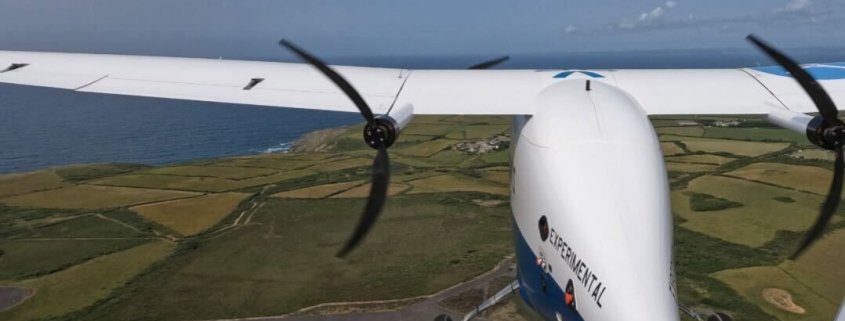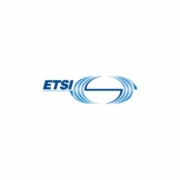UAV-3S project brings satellite technology to UAV use cases
Our newest project combines the great possibilities of two hot topics: unmanned aerial vehicles and satellite systems.
Magister’s latest project, UAV-3S (UAV Satellite System Simulator), brings us a bit closer to the earth’s surface than most previous ones. The project is going to explore the possibilities of using satellite communication systems for UAV terminals.
In this project’s context, UAV terminals are devices that are controlled either remotely or move independently along a predetermined route. They may be quadcopter-type or airplane-like in appearance, but they fly lower in the atmosphere than regular airplanes. They typically deliver goods to places that are otherwise difficult to reach – for example, to islands or mountain regions.
The objective of this project is to develop and test an end-to-end system simulator that provides performance indicators for the development of UAV satellite terminals. The simulator will support both command and control, and payload data communications, GSO and NGSO constellations, a variety of UAVs, and realistic terrain morphology.
UAV-3S is an ESA-funded project in which Magister, as the prime contractor, is responsible for the design and development of the UAV-3S system simulator. Subcontractors working with Magister are:
- Satellite Applications Catapult from the UK – responsible for evaluation scenarios and system requirements definition.
- Skyports Drone Services from the UK – responsible for UAV platform and satellite terminal analysis.
The project started from the beginning of October 2023 and will last for 21 months, until summer 2025.
Satellite Applications Catapult: Better availability and reliability for UAVs
UAVs using terrestrial cellular network connectivity face several challenges including downlink and uplink interferences and coverage gaps in the sky due to the downtilting of traditional cellular base station antennas. Arunprakash Jayaprakash, Senior Research and Innovation Engineer from Satellite Applications Catapult sees that satellite access can bring multiple benefits to UAV use cases.
“The availability and reliability aspects of the UAV communication link can be significantly improved by using satellite systems which provide blanket coverage to the UAVs over cells ranging from tens to hundreds of kilometers with fewer link failures due to its performance independence from the UAV flight trajectory.”
“Factors like multipath, shadowing, blockage, etc. due to various ground terrain conditions and extreme flight conditions such as low altitudes, high pitch and/or roll angles, pose significant challenges to meet optimum satellite link performance in various flight phases and hence need to be analyzed for efficient satellite terminal design.”
The benefits of satellite technology in UAV terminals:
- Satellite systems provide better link stability (fewer link failures due to their performance independence from the UAV flight trajectory) whereas they suffer from longer delays.
- Satellites maximize the inherent value of terrestrial cellular networks because of their unique characteristics such as wide area coverage. This is vital to extend networks to low-density populated areas, one-to-many distribution, and reliable and resilient operations.
Skyports Drone Services: Strong expertise in different UAV use cases
Skyports Drone Services brings critical contextual expertise to this project.
“We specialise in uncrewed aerial logistics, surveys, and monitoring operations. The logistics field of the Uncrewed Aircraft Systems industry typically requires beyond the visual line of sight (BVLOS) operations. UAS logistical use cases that bring the most benefit to our customers normally favour areas of complex geography and topography in hard-to-reach areas with low road density,” says Rhys Gittoes, Project Associate at Skyports Drone Services.
“Such locations often lack a reliable Command & Control (C2) link with the aircraft via traditional radio links or LTE and therefore require the use of Satcom. With Satcom onboard our aircraft we are able to service our customers across maritime, offshore, and rural areas providing a robust and reliable means of communication,” Gittoes continues.
Primary use cases to be focused on in this project are:
- Medical Logistics: Transporting supplies and medical samples between hospitals to surgical practices
- Maritime Logistics: Transporting supplies and equipment between shore and ship
- Offshore Logistics: Transporting supplies and equipment between offshore assets and from offshore assets to the mainland
Magister: The project is an interesting continuation of our previous work
“Magister is planning to use the C-DReAM capacity level system simulator as a baseline for UAV-3S and further enhance it towards the UAV SatCom use case. The simulator shall implement the UAV logistics use cases presented by Rhys Gittoes from Skyports Drone Services, including e.g. realistic UAV path and attitude traces and channel models,” says Jani Puttonen, CEO of Magister Solutions.
What’s more, Magister plans to support various satellite system configurations to serve a set of UAV terminals, e.g.
- Satellite constellations, e.g. LEO satellite constellation or GEO satellite
- Various link budget parameters, esp. UAV satellite terminal antenna pattern and satellite beam coverage
- Frequency bands, e.g. L-band
- Satellite air interface, e.g. 5G NR-NTN or DVB.
The simulator shall implement two distinct simulation capabilities:
- Simulation of end-to-end performance of a stationary grid of UAVs distributed over a configurable service area
- Simulation of the end-to-end performance of UAVs during their realistic end-to-end flights, i.e. including the effects of path, velocity, altitude, attitude, and terrain morphology.
Magister SimLab shall be used as a graphical UI to be able to run simulations, analyze the simulation results, and visualize the scenarios and results. The objective is to build a performant simulation tool for analyzing the UAV satellite terminal requirements when served by various Satcom systems.
“The most interesting thing about this project is that after all the previous technological research, now we get to a more concrete level, to evaluate a specific use case. We are much closer to the actual customers who would use UAV services. The tools created in this project can be used in offering similar services in the future,” Puttonen adds.
Links:
www.cdream.fi
Magister SimLab
Magister Solutions – Services











